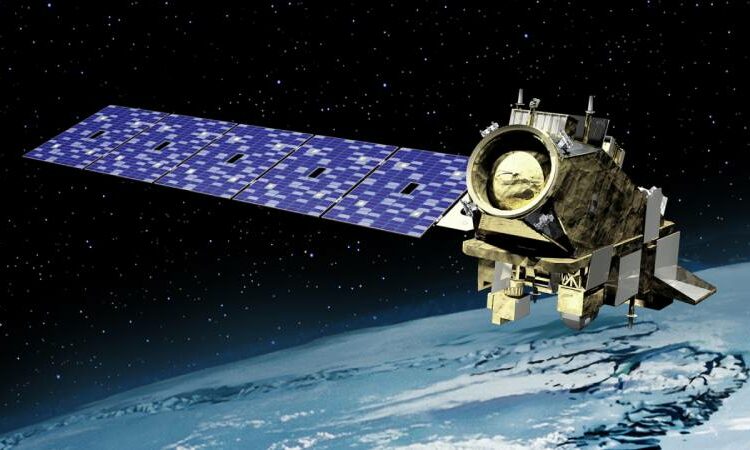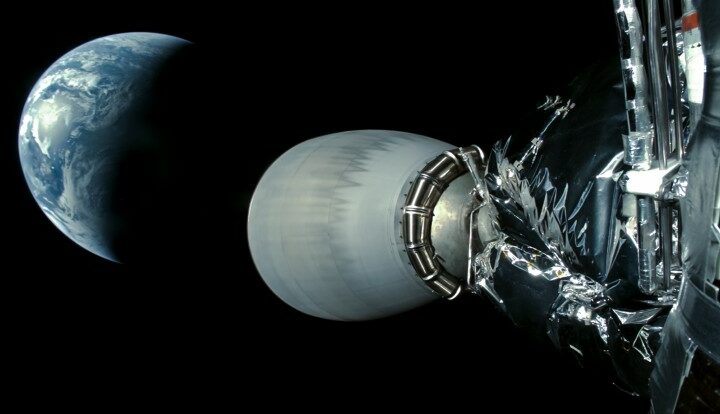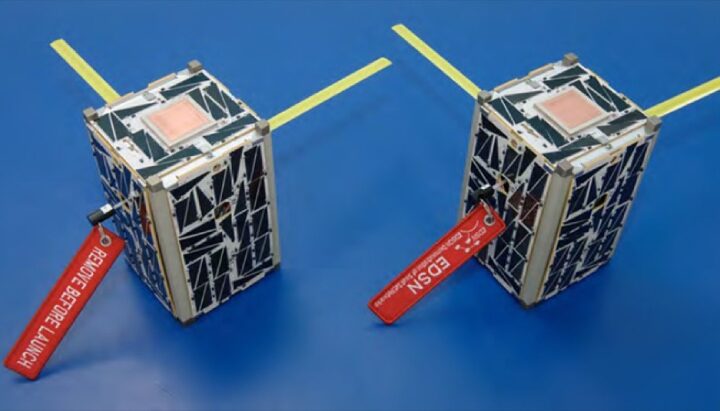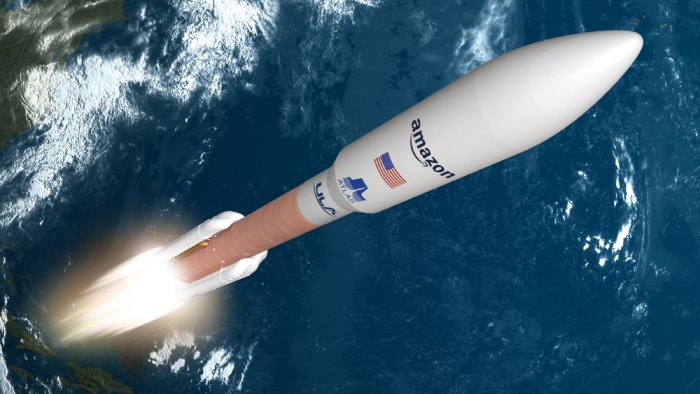This Thursday at 1:33 a.m. EST, NASA’s satellite mission to investigate ocean health, air quality, and the effects of a changing climate for the benefit of humanity successfully launched into space.
The SpaceX Falcon 9 rocket carrying the Plankton, Aerosol, Climate, and Ocean Ecosystem satellite, or PACE, took out from Space Launch Complex 40 at the Cape Canaveral Space Force Station in Florida. Five minutes or so after launch, NASA verified that it had acquired a signal from the satellite, and the spacecraft was operating as planned.
“Congratulations to the PACE team on a successful launch. With this new addition to NASA’s fleet of Earth-observing satellites, PACE will help us learn, like never before, how particles in our atmosphere and our oceans can identify key factors impacting global warming,” said NASA Administrator Bill Nelson. “Missions like this are supporting the Biden-Harris Administration’s climate agenda and helping us answer urgent questions about our changing climate.”
The PACE mission will investigate the effects of tiny, frequently invisible things from hundreds of miles above Earth, such as microscopic particles in the atmosphere and microscopic life in water.
Researchers will be able to assess oceans and other waterbodies throughout a range of ultraviolet, visible, and near-infrared light thanks to the satellite’s hyperspectral ocean color instrument. This will make it possible for researchers to monitor the phytoplankton’s dispersion and, for the first time, determine which communities of these organisms are present on a daily, global scale from space. The information can be used by scientists and managers of coastal resources to anticipate fisheries health, monitor harmful algal blooms, and spot changes in the marine environment.
Hyper-Angular Rainbow Polarimeter #2 and Spectro-polarimeter for Planetary Exploration are the other two polarimeter instruments carried by the spaceship. These will pick up new data on atmospheric aerosols, cloud characteristics, and local, regional, and global air quality, as well as how sunlight interacts with atmospheric particles.
PACE will offer insights into the interactions between the ocean and atmosphere and how a changing climate influences these interactions through the use of both the instrument and the polarimeters.
“Observations and scientific research from PACE will profoundly advance our knowledge of the ocean’s role in the climate cycle,” said Karen St. Germain, director, Earth Science Division, Science Mission Directorate, at NASA Headquarters in Washington. “The value of PACE data skyrockets when we combine it with data and science from our Surface Water and Ocean Topography mission – ushering in a new era of ocean science. As an open-source science mission with early adopters ready to use its research and data, PACE will accelerate our understanding of the Earth system and help NASA deliver actionable science, data, and practical applications to help our coastal communities and industries address rapidly evolving challenges.”
Sea levels are rising, there are marine heat waves, and there is a decline in biodiversity as a result of climate change in the world’s oceans. PACE will allow scientists to examine how phytoplankton, which is essential to the global carbon cycle because it takes up carbon dioxide from the atmosphere and transforms it into its cellular material, is affected by climate change. Larger aquatic and global ecosystems that supply vital resources for food security, leisure, and the economy are powered by these tiny organisms.
“After 20 years of thinking about this mission, it’s exhilarating to watch it finally realized and to witness its launch. I couldn’t be prouder or more appreciative of our PACE team,” said Jeremy Werdell, PACE project scientist at NASA’s Goddard Space Flight Center in Greenbelt, Maryland. “The opportunities PACE will offer are so exciting, and we’re going to be able to use these incredible technologies in ways we haven’t yet anticipated. It’s truly a mission of discovery.”
The mission’s launch services were overseen by NASA’s Launch Services Program, which is housed at the agency’s Kennedy Space Center in Florida. NASA Goddard, which also constructed and tested the spacecraft and the ocean color equipment, is in charge of overseeing the PACE project. The University of Maryland, Baltimore County designed and built the Hyper-Angular Rainbow Polarimeter #2, while a consortium lead by the Netherlands Institute for Space Research, Airbus Defence, and Space Netherlands designed and built the Spectro-polarimeter for Planetary Exploration.
- Wear OS 5 Now Available for Older Galaxy Watch Devices - November 20, 2024
- Nick Martinez accepts the Reds’ qualifying offer of $21.05 million - November 19, 2024
- Apple Announces Next-Gen AirTag for 2025 with Enhanced Privacy Features - November 18, 2024









